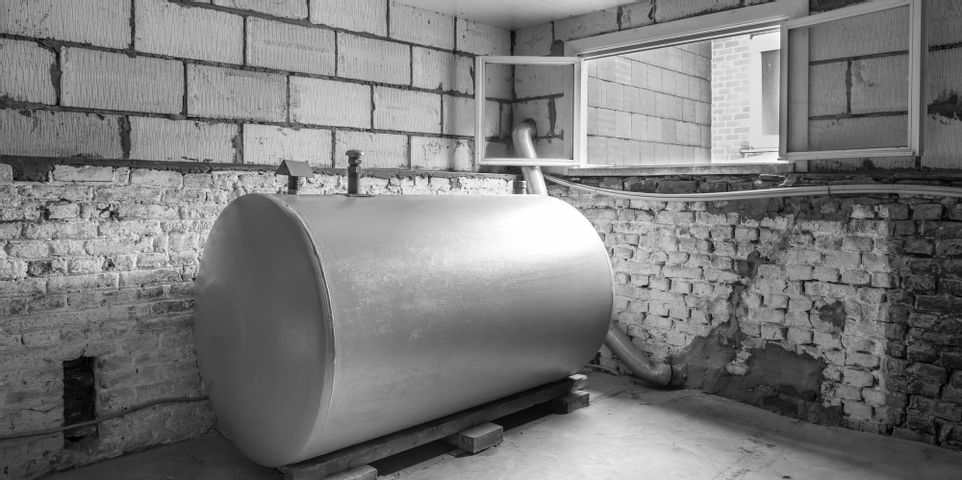
Compared to electricity and natural gas, heating oil provides cost-effective and safe indoor heating throughout the winter. However, this fuel requires steady deliveries of refills to ensure your continued comfort. If you’re wondering when to refill the tank, use the helpful guide below.
How to Read a Tank Gauge
Once you’re in the basement or yard, look for a small glass or plastic cylinder on top of the heating oil tank. This should look like an upside-down measuring cup, with about four different identified marks. The first is an F for full, followed by markings to indicate ¾, ½, and ¼ of a tank.
To find out how much oil is inside, look at where the red or yellow line falls among these measurements. If you don’t see any markings, the tank is empty.
When to Refill It
 Don’t wait until the tank is empty to call for a delivery; otherwise, you may face chilly nights without heating oil. Call for more fuel once the tank has about 25% of its oil left.
Don’t wait until the tank is empty to call for a delivery; otherwise, you may face chilly nights without heating oil. Call for more fuel once the tank has about 25% of its oil left.
Keep in mind the number on the gauge doesn’t reflect the amount of oil perfectly. Heating oil tanks aren’t filled to 100%—this leaves enough space to accommodate air bubbles and settled debris.
For example, most 275-gallon tanks will only be filled with 225 gallons at a time. In this example, there will always be around 50 gallons less of the gauge’s reading. Most suppliers recommend asking for a refill when the gauge reads ⅓ not ¼.
If you rely on heating oil to stay warm through the winter, turn to Alaska Petroleum in Fairbanks. This company is one of the leading fuel suppliers in the state, and it has provided homeowners with heating oil since 1981. Visit the website to get more information about their deliveries, or call (907) 488-2575 to place an order.
About the Business
Have a question? Ask the experts!
Send your question

